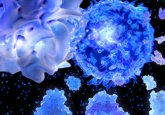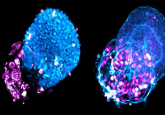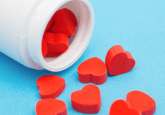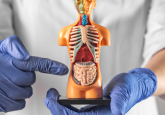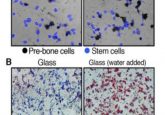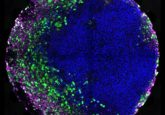The magic of microgels: maintaining cell viability
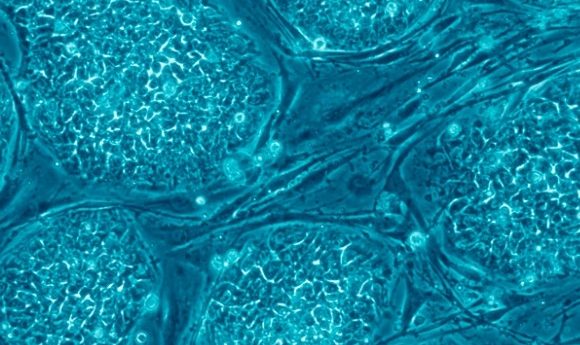
Researchers develop an efficient method to maintain cell viability for injection into tissues by encapsulating them in microgels.
The generation of a simple procedure for the placement of competent regenerative stem cells into a target tissue has so far proved a Sisyphean task for clinicians and researchers. A common cause for research in this field to tumble back to the start of the hill is the reduction in cell viability when isolated from their natural environments, especially vulnerable when injected and exposed to a host’s immune system.
“It turns out that to ensure cell survival, they need to be encased in a coating that protects them from physical damage and from the body’s own immune system, but it has been extremely difficult to do that kind of cell encapsulation, which has until now been done in a very costly, time consuming and wasteful process.”
In order to address this stumbling block, a research team from UBC Okanagan (BC, Canada) led by Mohamed Gamal, have developed a technique for encapsulating cells in a microgel in order to defend them and help them remain viable for injection, which doesn’t incur a huge cost in time and money.
“It turns out that to ensure cell survival, they need to be encased in a coating that protects them from physical damage and from the body’s own immune system,” explained Gamal. “But it has been extremely difficult to do that kind of cell encapsulation, which has until now been done in a very costly, time consuming and wasteful process.”
The encapsulation technique involves the combination of several techniques all onto one chip that can automate the process. The chip combines droplet generation, irradiation of droplets with a 405mm wavelength laser to induce photocrosslinking and the separation of droplets from the oil phase for use in the injection.
-
Bio-engineered gels repair brain tissue after stroke
-
Novel drug combination converts glia to restore neuron function
-
Inflammatory cell reversion: plastic surgery to be replaced as the primary treatment for ulcers?
This chip achieves an 85% cell survival rate for the encapsulated cells, which remain viable at the same percentage for 5 days. The process is also of incredibly good value, being made up of relatively inexpensive materials. Extolling the benefits of this technique, Gamal noted that, “any lab doing this kind of work could set up a similar system anywhere from a few hundred to a couple of thousand dollars, which is pretty affordable for lab equipment.”
The next stage for this research is to explore the application of the technique with a variety of stem cells, working proteins and growth factors into the microgels to facilitate the specialization of the stem cells into specific tissue types. While developments such as this may not be the final push that sets the boulder at the top of the hill, they certainly make it lighter.
